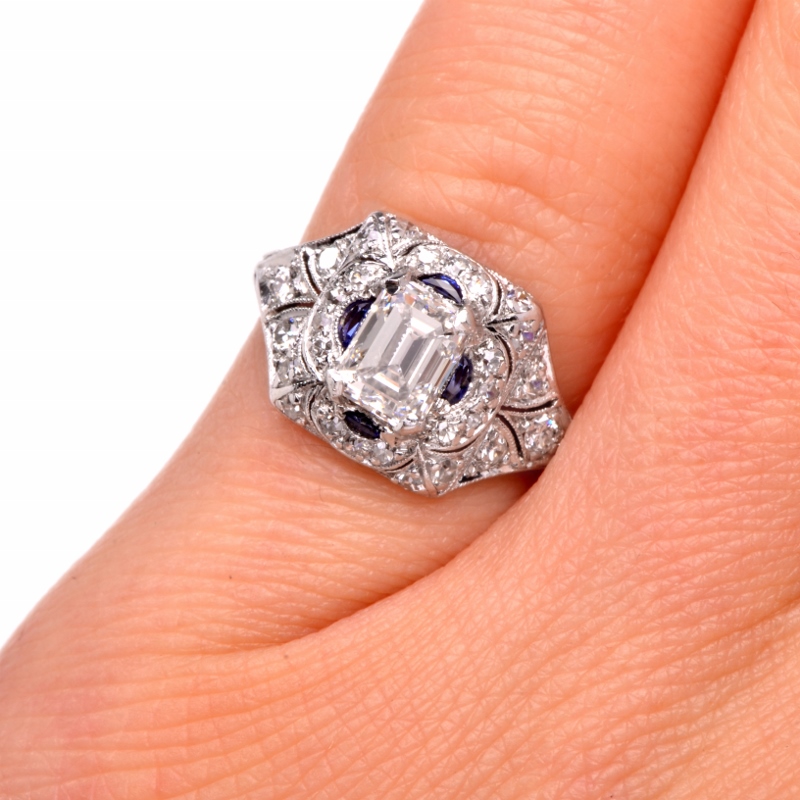
When exploring the history of antique jewelry, a good starting point will always be the reign of Queen Victoria (1837 – 1901). The Victorian era, spanning the last two thirds of the 19th century, was a time of epic romances, extreme tragedies and great economic prosperity, all aspects that influenced artistic expressions like jewelry, especially the breathtaking antique and estate jewelry pieces and collections from that period.
The Victorian era can be better divided in three eras: The romantic, the grand and the aesthetic periods. As stated before, the romantic period was characterized by the general use of filigree, piercing, cannetille and repoussé, as well as various kinds of gemstones and design motifs like snakes, flowers and cabochons, commonly fashioned into engagement rings, necklaces, pendants and bracelets.
The romantic antique jewelry period comes to an end
In 1861, the romantic period came to an end with the death of Albert, Victoria´s beloved husband and the prince of the people as they called him. This automatically reflected in the morale of the whole nation, and jewelry would also pay its respects.
The jewelry of this period was somber and more austere in design, with heavy, dark stones like onyx, jet, amethysts and deep red garments set in gold jewels with black enamel tracery. Coinciding with the lengthy mourning period, the grand period was born.
Why Grand Period?
With big gold deposits discovered in the United States and Australia, and the grand way in which gems, jewelry and metals were used, jewelry experts called this period the Grand period.
With the increased availability of cold came a resurgence of ancient gold techniques and designs. Also, by the end of the 19th century ancient civilizations were being discovered, so a revival of Etruscan, Egyptian, Classical, Architectural and Renaissance styles was experienced. The lost ancient Etruscan art of granulation was studied and mastered by the most gifted jewelers of the time, creating enameled pieces in the colorful Renaissance and Holbeinesque styles.
Historic developments that influenced the grand period
In 1859, construction of the Suez Canal began, and for the next 10 years newspapers were devoted to this event, quickly inspiring jewelry designers, architects and artists. Stylized palmettes, lotus flowers and scarabs were a central design element in Egyptian revival pieces, which incorporated enamels,, gemstone inlays and twisted-wire borders.
Another tremendous influence on Victorian design was the opening of trade relations with japan, in 1853. By the 1860s Japanese craftsmanship was all over Europe and soon the “Japonaisse” style was incorporated into every form of antique jewelry design.
Last but not least, the increase in trade between England and India encouraged a profusion of exotic Indian exotic influences, which later gave way for rose-cut garnet encrusted jewels and cloissioné enamels patterned after Indian fashions.


